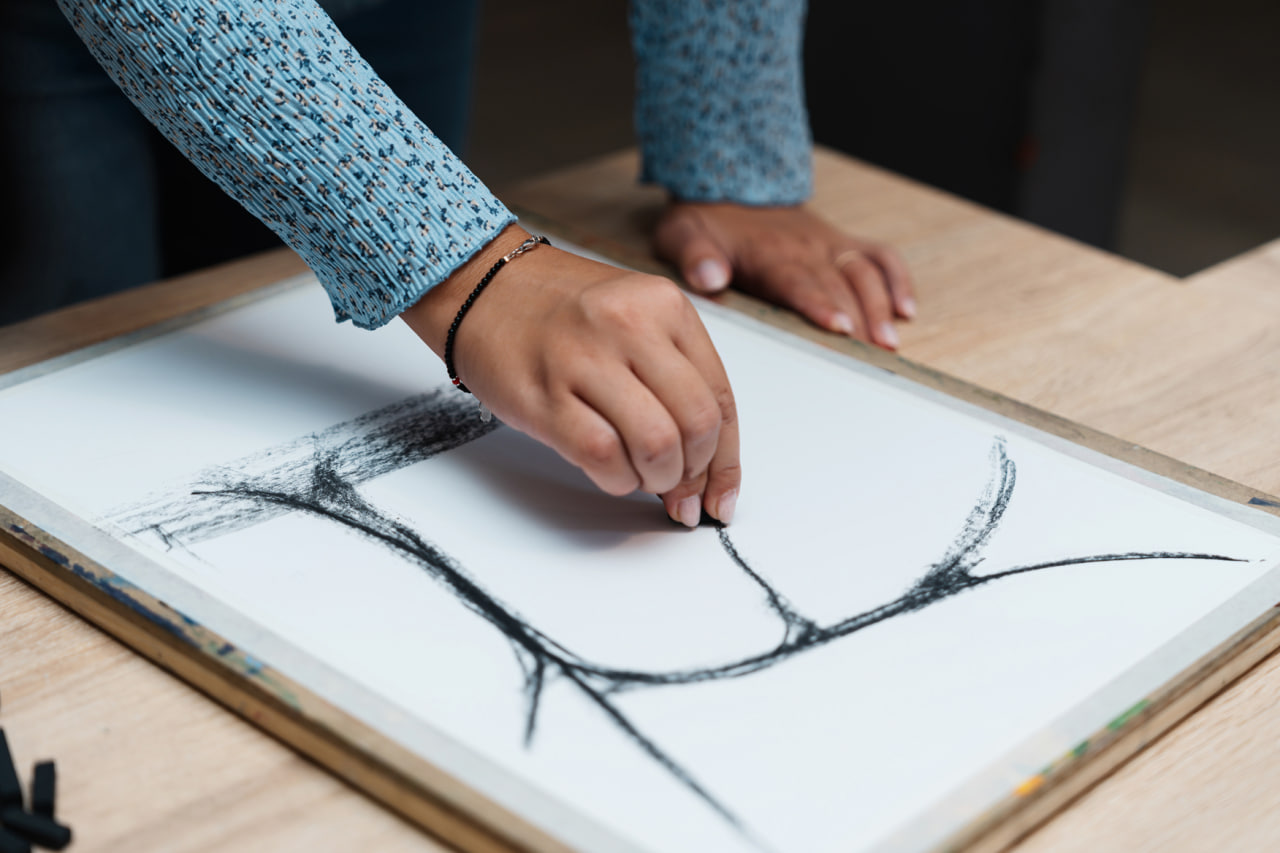Printmaking is one of the oldest and most influential forms of visual art. Its history spans centuries and continents, evolving from simple methods of reproducing text to complex techniques that allow artists to create intricate and expressive works. Understanding the history and evolution of printmaking provides insight into both its technical development and its cultural significance.
Early Beginnings
The origins of printmaking date back to ancient civilizations, where simple stamping techniques were used to create repetitive patterns on textiles, pottery, and paper. Early prints often served practical purposes, such as replicating religious texts, decorative motifs, or illustrations.
Woodblock printing emerged in China around the 9th century and allowed for the mass production of books and images. This technique involved carving a design into a wooden block, inking the surface, and pressing it onto paper or fabric. Woodblock printing eventually spread to Japan and Europe, influencing the development of artistic and commercial printmaking.
The Rise of Etching and Engraving
During the Renaissance, printmaking became a powerful tool for artists and scholars. Engraving and etching allowed for greater precision, detail, and complexity than earlier methods. Artists like Albrecht Dürer in Germany and Rembrandt in the Netherlands pioneered techniques that transformed printmaking into a respected art form.
Etching, in particular, allowed for subtle tonal variation and intricate line work, giving artists the ability to create detailed, expressive images. This period also saw the establishment of printmaking workshops and the growth of a market for prints among collectors and art enthusiasts.
Innovations in the 18th and 19th Centuries
The 18th and 19th centuries brought significant technological advancements that expanded the possibilities of printmaking. Lithography, developed in the late 18th century, allowed artists to draw directly onto stone or metal plates using grease-based materials, producing prints with a wide range of tones and textures.
During the 19th century, printmaking became more accessible due to improved presses, ink formulations, and mass production methods. Artists such as Francisco Goya and Honoré Daumier used printmaking to explore social commentary, political satire, and narrative storytelling, demonstrating the medium’s power beyond decoration or replication.
Printmaking in the Modern Era
The 20th century saw an explosion of experimentation in printmaking techniques. Artists like Pablo Picasso, Henri Matisse, and Käthe Kollwitz explored etching, lithography, and screen printing to push the boundaries of visual expression. Printmaking became not only a method of reproduction but also a medium for innovation, abstraction, and personal artistic exploration.
Screen printing, introduced in the early 20th century, allowed for vibrant, graphic compositions and became widely used in both fine art and commercial contexts. Printmaking also became central to movements such as Expressionism, Surrealism, and Pop Art, highlighting its versatility and enduring relevance.
Contemporary Printmaking Techniques
Today, printmaking combines traditional techniques with modern technology. Artists use digital tools, photopolymer plates, and advanced presses to create works that were previously impossible. Contemporary printmaking often blends methods—etching with digital manipulation, lithography with mixed media—to produce unique, layered, and visually complex images.
Contemporary artists continue to use printmaking to explore personal expression, cultural themes, and social commentary. The medium’s adaptability ensures that it remains a vital and evolving form of artistic creation.
Cultural and Artistic Significance
Throughout its history, printmaking has played a crucial role in shaping culture and art. It has allowed ideas, stories, and artistic styles to reach wider audiences and has provided artists with a means of experimentation and innovation. Prints are both collectible artworks and accessible forms of artistic communication, bridging the gap between private expression and public engagement.

